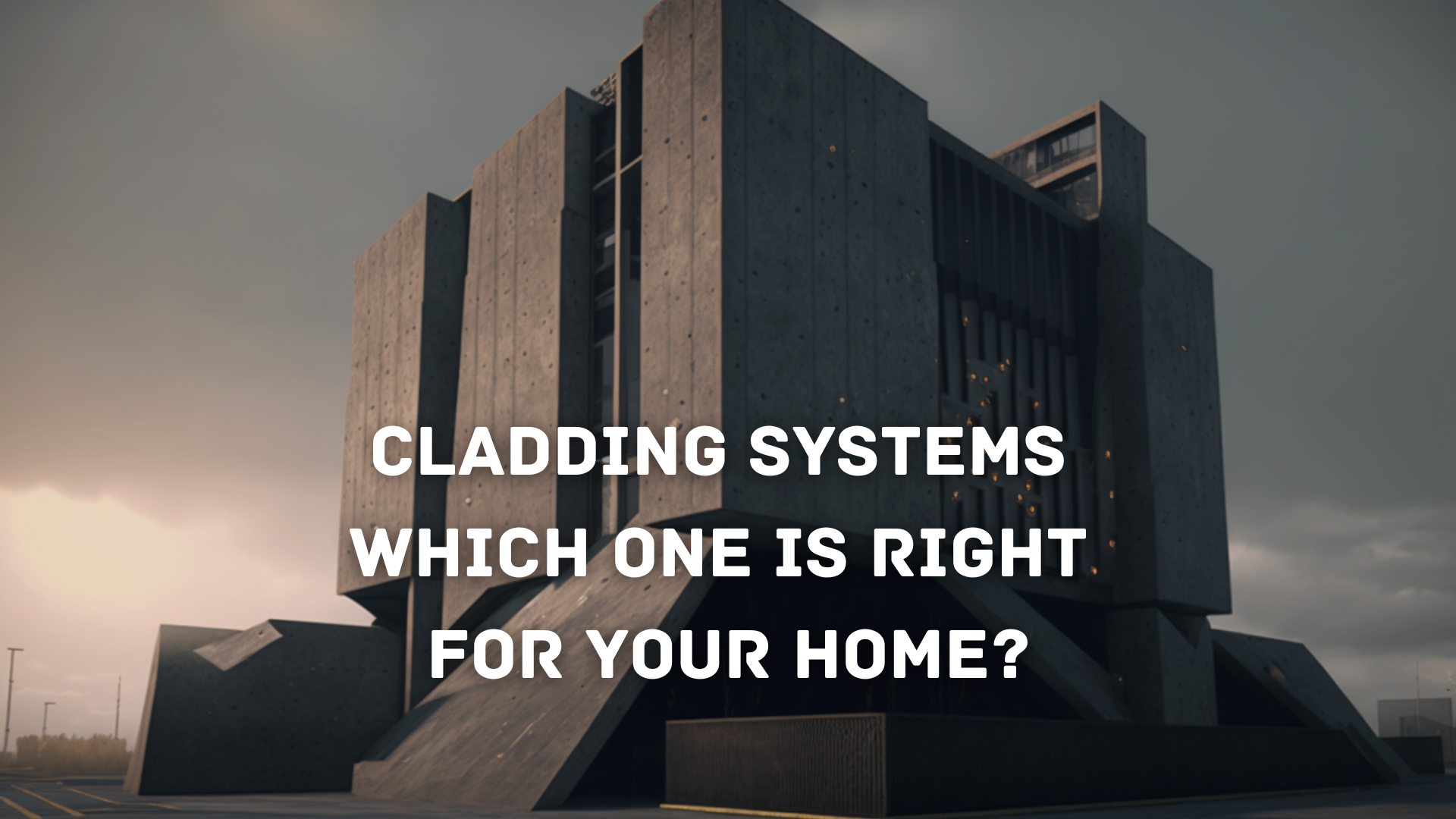Choosing the right cladding system for your home is crucial. Cladding systems not only protect your home from the elements but also add to its aesthetic appeal. With so many options available on the market, it can be overwhelming to decide which one to go for. In this guide, we will provide you with a comprehensive overview of the most popular cladding systems in New Zealand, including their pros and cons, so you can make an informed decision.
Monolithic Cladding
Monolithic cladding is a type of cladding system that uses a single material, such as stucco, to cover the entire surface of a building. Monolithic cladding is highly durable and resistant to moisture, making them a popular option among homeowners. They are also highly versatile and can be used to create a variety of textures and colours. However, they may be more expensive than other cladding systems and may require additional maintenance.
Vinyl Cladding
Vinyl cladding is a popular option among homeowners due to its affordability and low maintenance. It is made of PVC and comes in a variety of colours and textures, making it a versatile choice. Vinyl cladding is also highly resistant to fading, cracking, and warping, making it a long-lasting option. However, it is not as durable as other cladding systems and may not be suitable for homes located in extreme weather conditions.
Aluminium Cladding
Aluminium cladding is a highly durable and low-maintenance option that is resistant to fire and moisture. It is also lightweight and easy to install, making it a popular choice among builders. However, it is more expensive than other cladding systems and may not be suitable for homes with complex designs.
Scyon Cladding
Scyon cladding is a cement-based product that is highly durable and resistant to fire, moisture and termites. It is also available in a variety of textures and colours, making it a versatile choice for homeowners. Scyon cladding is also easy to install, making it a popular option among builders. However, it is more expensive than other cladding systems and may require additional maintenance.
Lightweight Blueboard
Lightweight Blueboard is a type of plasterboard that is highly resistant to moisture and cracking. It is also easy to install and can be painted to match any colour scheme. Lightweight Blueboard is an affordable option and may be suitable for homeowners looking for a cost-effective cladding system. However, it may not be as durable as other cladding systems and may not be suitable for homes located in extreme weather conditions.
Autoclaved Aerated Concrete
Autoclaved aerated concrete (AAC) is a lightweight, highly durable option that is resistant to fire, moisture and pests. It is also a good insulator, making it an energy-efficient option for homes. AAC is available in a variety of textures and colours, making it a versatile choice for homeowners. However, it is more expensive than other cladding systems and may not be suitable for homes with complex designs.
Plywood Sheet Cladding
Plywood sheet cladding is a cost-effective option that is easy to install and highly versatile. It is also available in a variety of textures and colours, making it a popular choice among homeowners. Plywood sheet cladding is highly durable and resistant to warping and cracking, making it a long-lasting option. However, it may not be as resistant to moisture as other cladding systems and may require additional maintenance.
Choosing the right cladding system for your home is a big decision. It is important to consider factors such as durability, maintenance, cost and aesthetic appeal when making your decision. We hope this guide has provided you with a better understanding of the most popular cladding systems in New Zealand, including their pros and cons. Ultimately, the right cladding system for your home will depend on your specific needs and preferences. Whether you choose vinyl cladding, aluminium cladding, Scyon cladding, lightweight Blueboard, autoclaved aerated concrete, plywood sheet cladding or monolithic cladding, be sure to consult with a professional to ensure proper installation and maintenance.
When choosing a cladding system for your home, it is important to consider the various options available and their pros and cons. By doing so, you can make an informed decision that will not only protect your home but also add to its aesthetic appeal. We hope this guide has been helpful in providing you with the information you need to make the right choice for your home.

